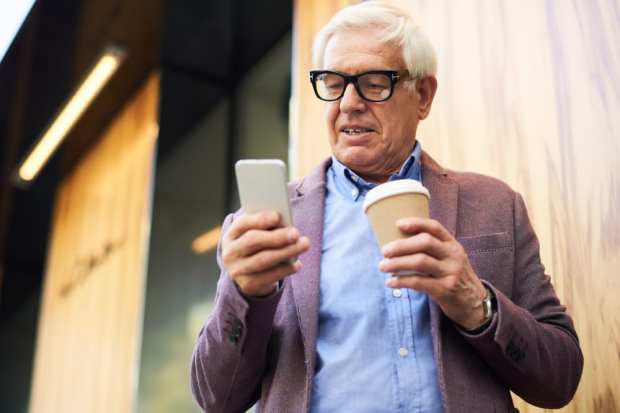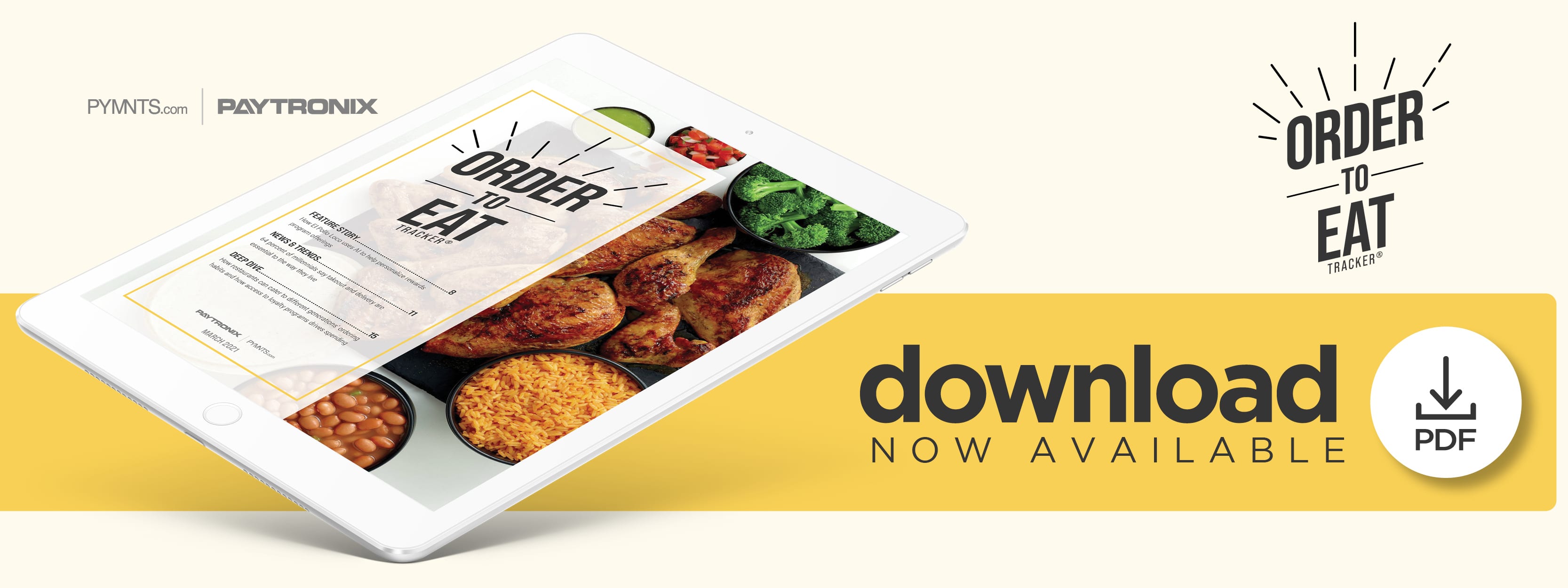Deep Dive: How Loyalty Programs Drive Digital Spending Among Different Generations

Contactless ordering and payments have become the norm during a pivotal year that changed consumer behavior as many sought ways to stay safe during the pandemic while still enjoying their favorite foods. This led restaurants of all types to restructure brick-and-mortar layouts and adopt technologies to offer convenient touchless features to help deter the virus’s spread. Eateries did so not only to meet consumers’ changing needs but also as a means to stay afloat through a challenging time for the restaurant industry.
The shift to ordering takeout and delivery was immediate. Delivering On Restaurant Rewards, a PYMNTS and Paytronix collaboration, found that 27 percent of consumers in the United States — roughly 67 million individuals — now place food orders at least twice a week, including dine-in, delivery and takeout. This translates to 37 percent of the average restaurant’s customer base ordering at least eight times per month. Ordering and payments habits vary greatly across generational lines, however. Research indicates that consumers in the bridge millennial, millennial and Generation Z demographics, whose ages range from 7 to 41, are the most regular customers of these services. Bridge millennials comprise the most frequent patrons of them all, with 45 percent — roughly 14 million U.S. consumers — reportedly ordering from both sit-down restaurants and from quick-service restaurants (QSRs) at least twice a week. Just 40 percent of Generation X and 18 percent of baby boomers and seniors order twice weekly or more in contrast. The majority of these consumers order food online, by phone or through third-party delivery services — such as Uber Eats, Grubhub or DoorDash — as opposed to in-person interactions.
Consumers’ incomes also play a factor in who tends to order more than average. The study dubbed 38 percent of all restaurant customers who earn more than $100,000 annually as restaurant “enthusiasts,” for example. This month’s Deep Dive further explores the pandemic-driven surge in digital ordering uptake, how consumers’ ages and other factors play into their ordering habits and how offering loyalty programs can help boost spending among these groups.
Digital Adoption Among Varying Demographics
The demand for contactless payment options is clearly distributed across generations, according to one study, with 42 percent of all demographic groups preferring these ordering methods. Mobile ordering options are also popular with 38 percent of all age groups, and nearly one-quarter of users of all ages prefer ordering platforms that recall previous orders. Some differences are evident in consumers’ levels of comfort with certain technologies, however. The study revealed that 23 percent of millennials want assistance from AI when deciding what to order while just 6 percent of baby boomers want the same.
Digital food ordering is not expected to slow down for restaurants in the coming years, with a Q4 2020 survey predicting digital ordering to comprise 54 percent of all quick-service and limited-service sales by 2025. This estimate is 70 percent higher than estimates made prior to the pandemic. Revamped off-premises operations have no doubt become a survival mechanism for industry recovery efforts and safety, keeping customer and staff contact to a minimum.
Motivating Mobile Users With Loyalty Programs
Also emerging to boost restaurant industry recovery are loyalty and rewards programs, which not only help drive sales but also increase the amount patrons spend. A survey of 2,081 U.S. consumers 18 to 70 years old found that 54 percent of respondents said the main reason to join a loyalty program is for the discounts and deals. More than 27 percent said they like perks offering free food while reaching a specific level in a program motivated 10 percent to use these programs. Five percent said they like using them for the news and updates.
Chipotle Mexican Grill experienced a 177 percent year-over-year increase in digital sales to more than $781 million in the fourth quarter of 2020, partly due to the popularity of its loyalty rewards program, which swelled by 10 million users last year as more consumers turned to mobile channels. The company said that 60 percent of its nearly 20 million loyalty members are active users. Starbucks also witnessed its loyalty app usage increase 15 percent year over year and rewards customers contributed 50 percent of U.S. sales.
Research from PYMNTS and Paytronix found that digital ordering options that offer online and branded or third-party app ordering as well as drive-thru pickup encourage diners to spend more when placing food orders. Customers are most likely to spend more on their orders if they have access to loyalty and rewards programs rather than other features, however. This indicates the great value these programs can potentially bring to the table for restaurants.
Offering loyalty programs can help influence from where consumers choose to order and boost ticket sizes. This advantage is needed now more than ever as the impact of the pandemic continues to ripple throughout the sector. QSRs and restaurants looking to improve sales and performance should not only target key demographics but continue to pivot by adopting more features that help meet consumers where they are in terms of their desires for convenience and safety.


